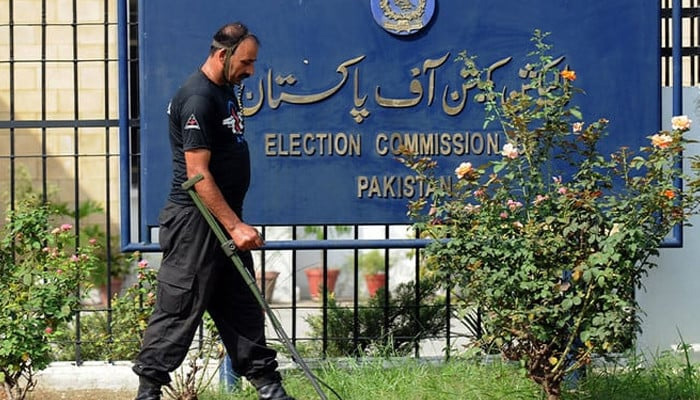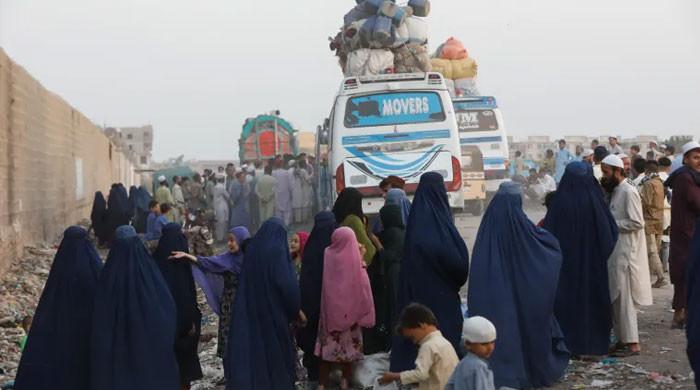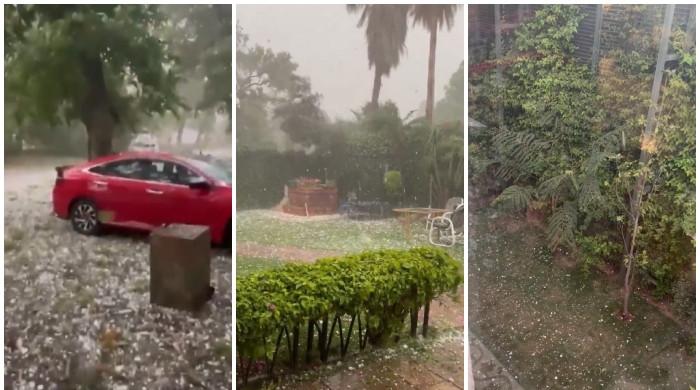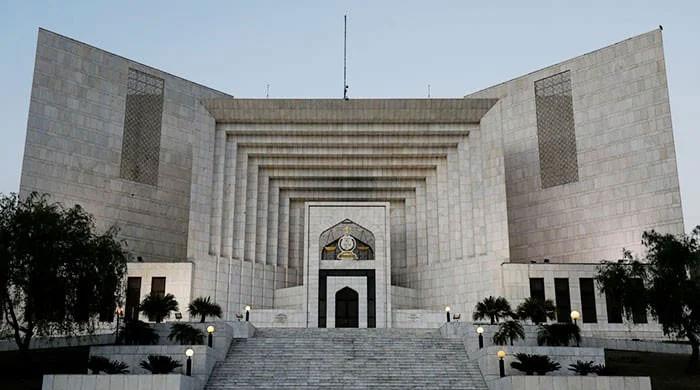New delimitations: what lies ahead?
CCI's approval of Census 2023 makes mandatory for ECP to delimit electoral constituencies afresh
August 06, 2023

The Council of Common Interests (CCI) unanimously approved the returns of the population census 2023 on Saturday, adding another twist to the ongoing saga of when the next general elections will be held.
Ostensibly, it becomes mandatory for the Election Commission of Pakistan (ECP) to delimit electoral constituencies afresh after census results are notified; the delimitation process takes roughly four months.
Most observers believe that this will/can be used as a pretext to delay the general elections beyond the constitutional limit of 60 or 90 days. However, the matter is much more complicated and intriguing than just this aspect and may continue to spring surprises for all stakeholders in the coming days and weeks.
The census results have been approved by the CCI while the chief ministers of the two provinces are caretakers. The authority of the caretakers to make such a decision with far-reaching implications may be challenged in court.
A bigger issue has been that the new population figures could change provincial shares in National Assembly seats and a reallocation will require a constitutional amendment.
Article 51(3) of the constitution allocates the number of seats to each province which can only be changed by parliament with a two-thirds majority — which is not present at the moment.
The returns of the population census 2023 seem to have solved this problem.
According to the final returns of census 2023, the population of provinces is such that it does not change their respective shares in National Assembly seats.
However, the earlier provisional figures provided by the PBS till end-May were very different from these final ones. The earlier numbers projected that, just like the 2017 census, this one would also inflict a loss of six to eight seats on Punjab while Balochistan was to gain the same number of seats.
The final official numbers are, however, dictating a status quo. This has obliterated the need to amend Article 51(3) of the constitution but may still be criticised by the ‘provisional gainers’.
Does the status quo in provincial shares in National Assembly seats mean there is no need to delimit constituencies?
The constitution requires delimitation after notification of the final returns of the census but Section 14 of the Elections Act 2017 requires the ECP to make all preparations ‘at least four months before the general election is due to be held on the expiry of the term of an assembly.
The preparations include the delimitation of constituencies.
The ECP may opt not to start fresh delimitation of the constituencies citing this clause. This may lead to another legal conflict between an article of the constitution and a section of the Elections Act, 2017.
To make the matter more intriguing, parliament passed an amendment in the Elections Act, 2017 a week ago which includes a major change in a section related to delimitation.
Section 20(3) of the Act now reads: “As far as possible, variation in population of constituencies of an assembly or a local government shall not ordinarily exceed ten percent; provided that for this purpose, it shall not be necessary to strictly adhere to the existing district boundaries in exceptional cases.”
At present, the boundaries of electoral constituencies are strictly kept within the boundaries of one district which results in unequal constituencies or constituencies with vastly different populations.
For example, Bannu district had a population of 1,167,071 in 2017 and was given one seat in the National Assembly (NA-39) while neighbouring Tank district had just 390,626 inhabitants and was also allocated one seat (NA-42).
Under the amended law, Tank will not qualify for one whole seat and the district may be joined with Lakki Marwat or Upper South Waziristan districts to create one national seat.
Such changes will have critical implications on constituency-level electoral politics as some constituencies will gain new areas while others will lose older ones.
So, while the provincial shares will remain the same in the new delimitation under census 2023, the boundaries of national and provincial constituencies within each province will undergo substantial changes that will have an impact on the shape of constituency politics and electoral outcomes.
Originally published in The News











